
AeroGenie — Your Intelligent Copilot.
Trending
Categories
Airbourne Colours Nears Completion of Second Aircraft Paint Hangar
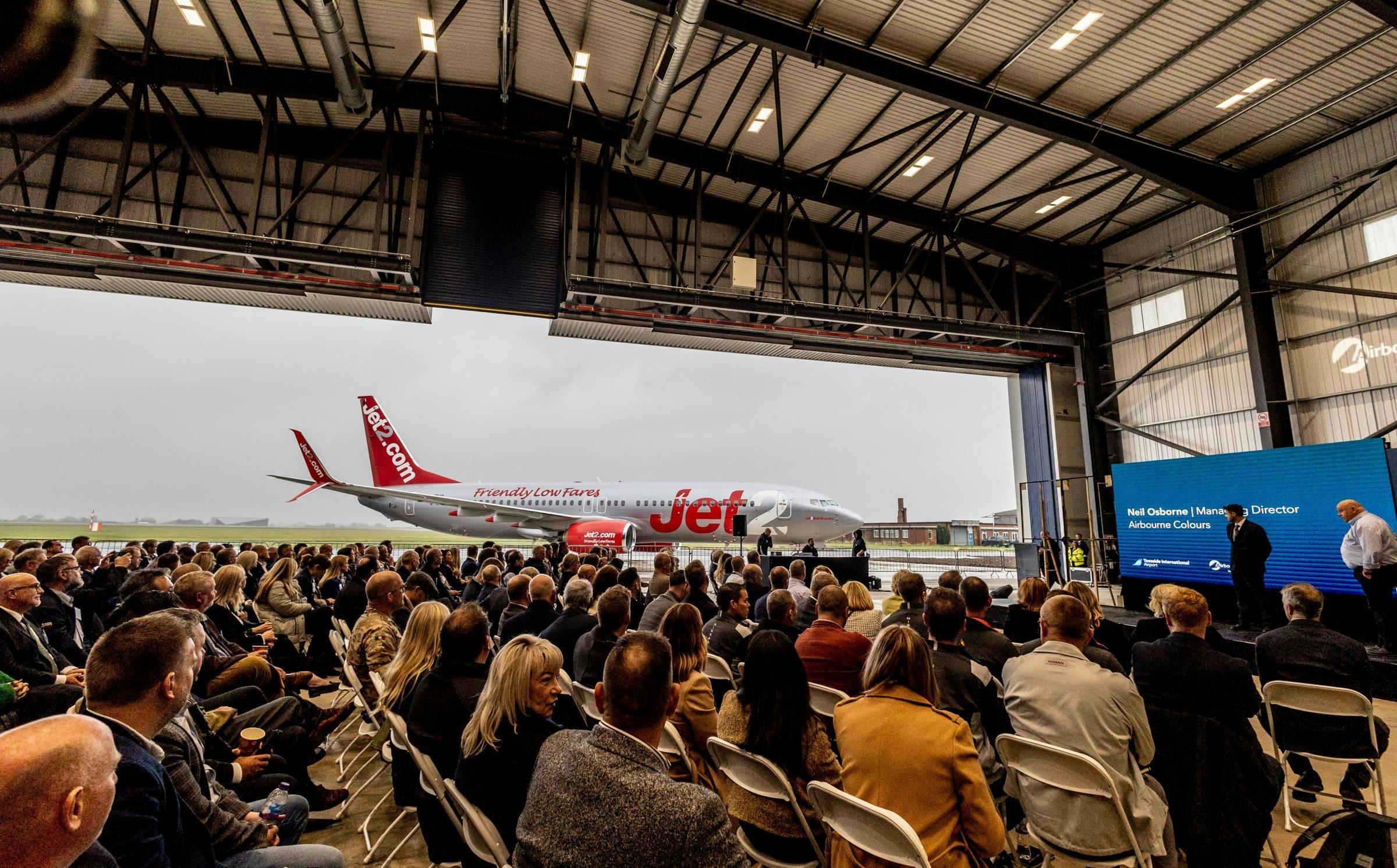
Airbourne Colours Nears Completion of Second Aircraft Paint Hangar
Airbourne Colours is preparing to expand its operations at Teesside Airport with the imminent opening of its second aircraft painting facility, Hangar 9, scheduled to become operational by November. This development represents a significant advancement for both the company and the airport, reinforcing Teesside’s growing reputation as a key regional aviation hub.
Expansion Driven by Strong Demand
Following the successful launch of its initial £6.5 million facility in October last year, Airbourne Colours has rapidly filled its order book for the next two years. This robust demand has necessitated the construction of Hangar 9 on the airport’s north side. The new hangar will be equipped to accommodate narrow-body aircraft, including popular models such as the Airbus A321 and Boeing 737 MAX 10, enabling the company to service some of the most in-demand aircraft in the industry.
This expansion aligns with a broader vision for Teesside Airport’s business park, which has attracted significant investments from major aviation firms like Willis Aviation and Draken. Earlier this year, the Tees Valley Mayor and Combined Authority Cabinet approved a £12.5 million investment package aimed at enhancing airport infrastructure. Projects such as Hangar 9 form a critical part of this wider regional growth strategy.
Steven Darbyshire, Founder and Chief Executive of Airbourne Colours, emphasized the importance of the new facility: “We need a second hangar to fulfil the demand we’ve had. There’s a backlog in aircraft painting facilities in Europe so we’re building them here at Teesside Airport – and we’re expanding at Teesside Airport. It’s been a source of great pride to set up at Teesside Airport – to return to my roots and bring employment back to where I grew up.”
Workforce Development and Industry Challenges
Airbourne Colours’ growth is closely tied to local workforce development initiatives. In collaboration with Hartlepool College of Further Education, the company has launched an Aircraft Painting Trainee Programme designed to provide practical pathways into aviation careers. This initiative has received support from the Tees Valley Mayor and Combined Authority, which funded the initial six-week course through the Adult Skills Fund, with the goal of training and employing local residents.
Despite the company’s expansion, it faces emerging challenges linked to the aviation industry’s increasing focus on sustainability. The rise of high-quality graphic applications as eco-friendly alternatives to traditional aircraft paint is beginning to influence client preferences. This shift may impact demand for conventional painting services and prompt competitors to innovate or broaden their sustainable offerings to remain competitive.
Nonetheless, Airbourne Colours’ investment in new facilities and workforce training highlights its commitment to the aviation sector in Teesside. With Hangar 9 nearing completion, the company is positioned to play a pivotal role in regional job creation and industrial regeneration while adapting to the evolving demands of a sustainability-conscious market.
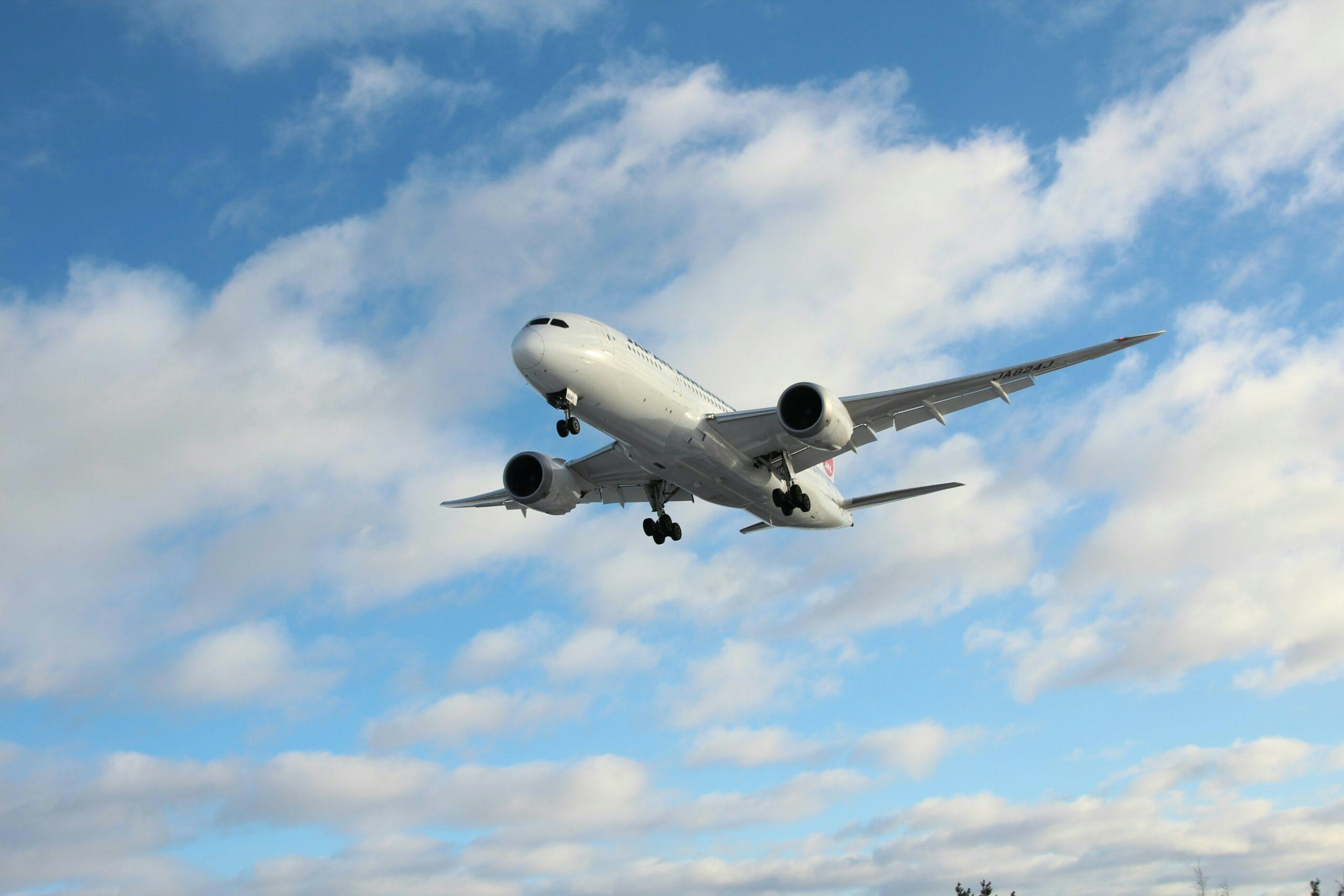
Warburg Pincus Acquires Hong Kong-Based Topcast Aviation Supplies
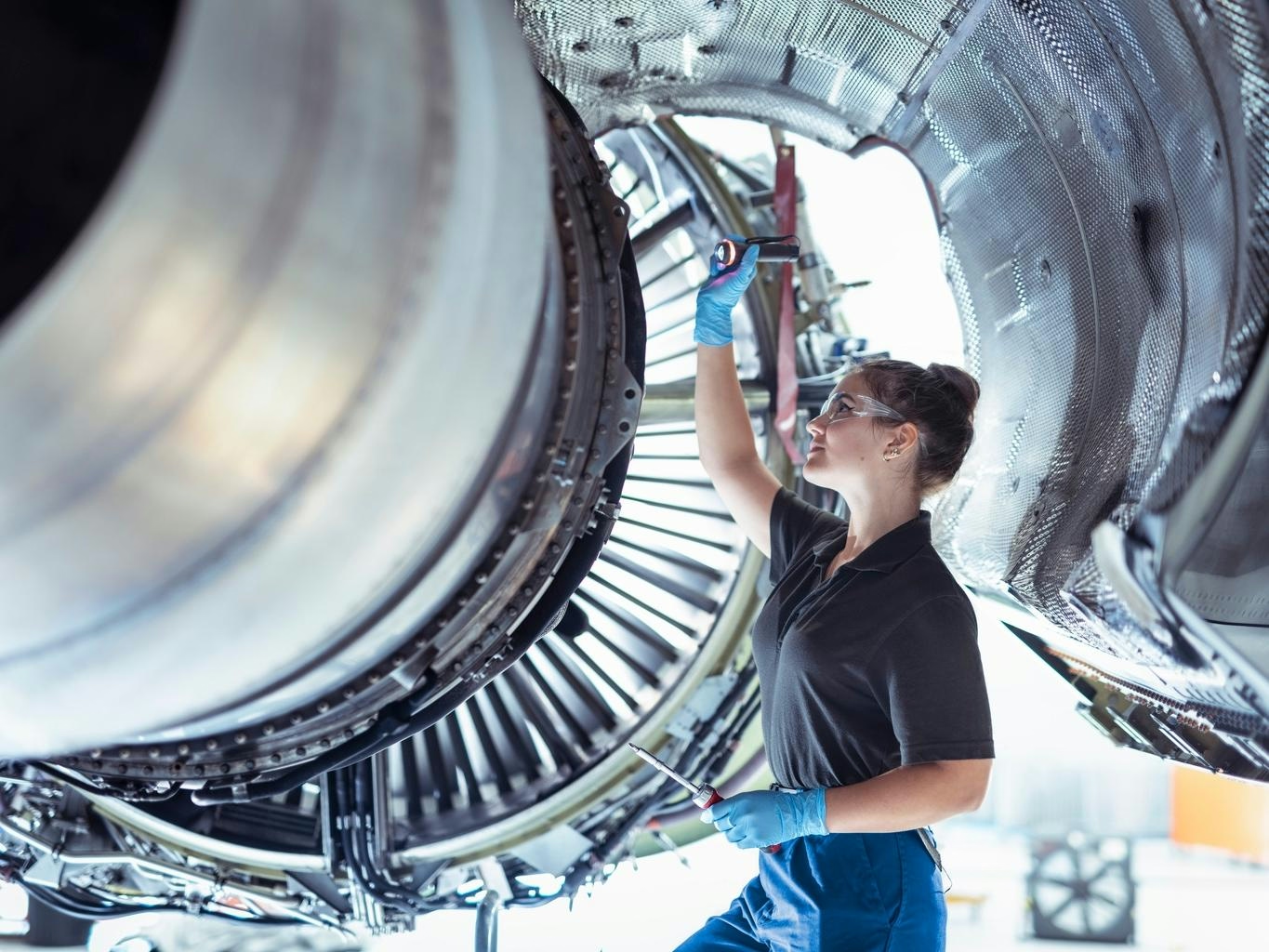
FTAI Aviation Shares Rise 6.3% Following AI Partnership with Palantir

Airports Innovate 2025 Shapes the Future of Aviation

How Volcanic Ash Disrupts Aircraft Engines

Ethiopia Volcanic Ash Plume Poses Risk to Aviation, DGCA Issues Warning
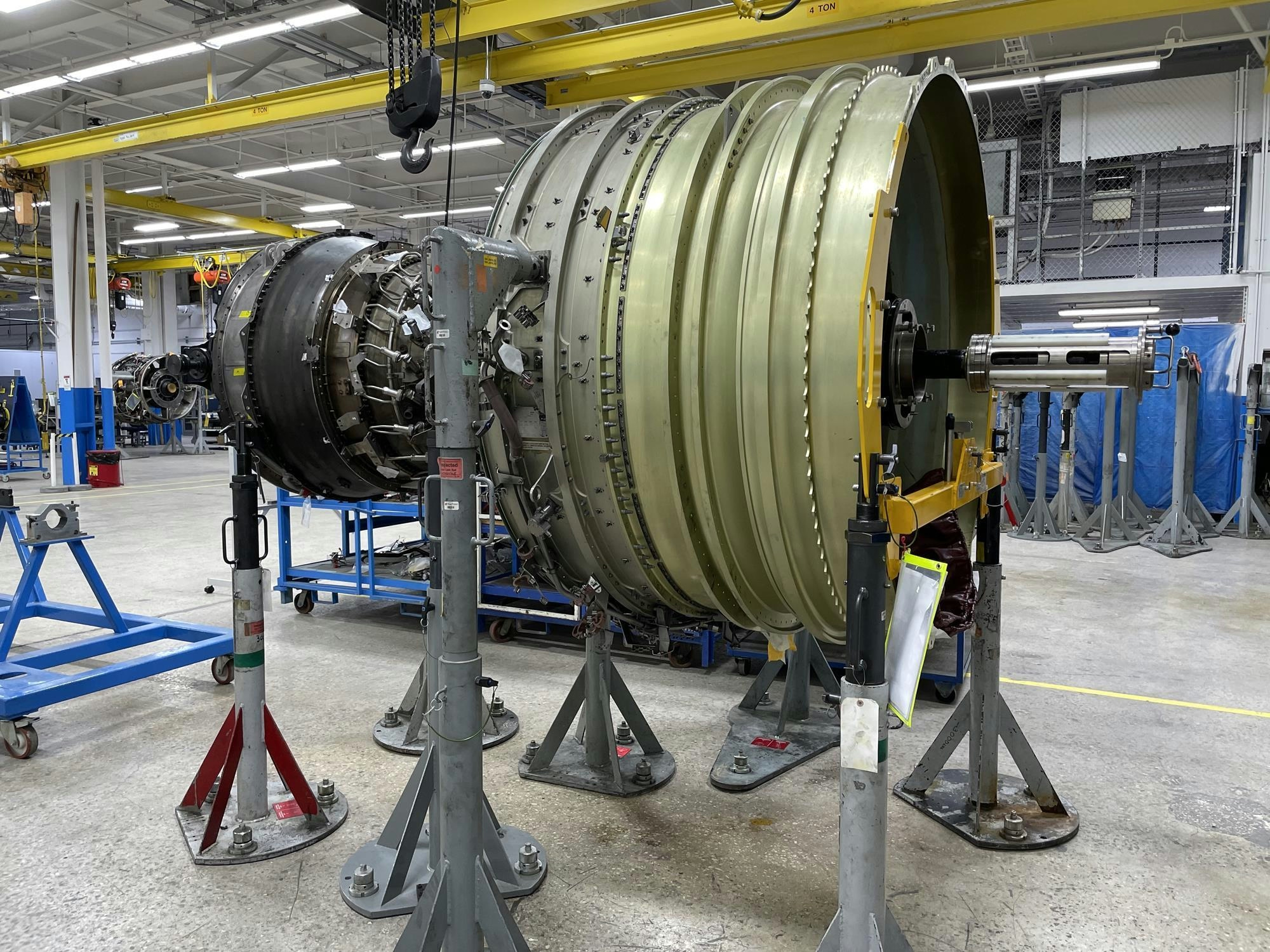
SIA Engineering and Safran to Expand LEAP Engine Maintenance Partnership
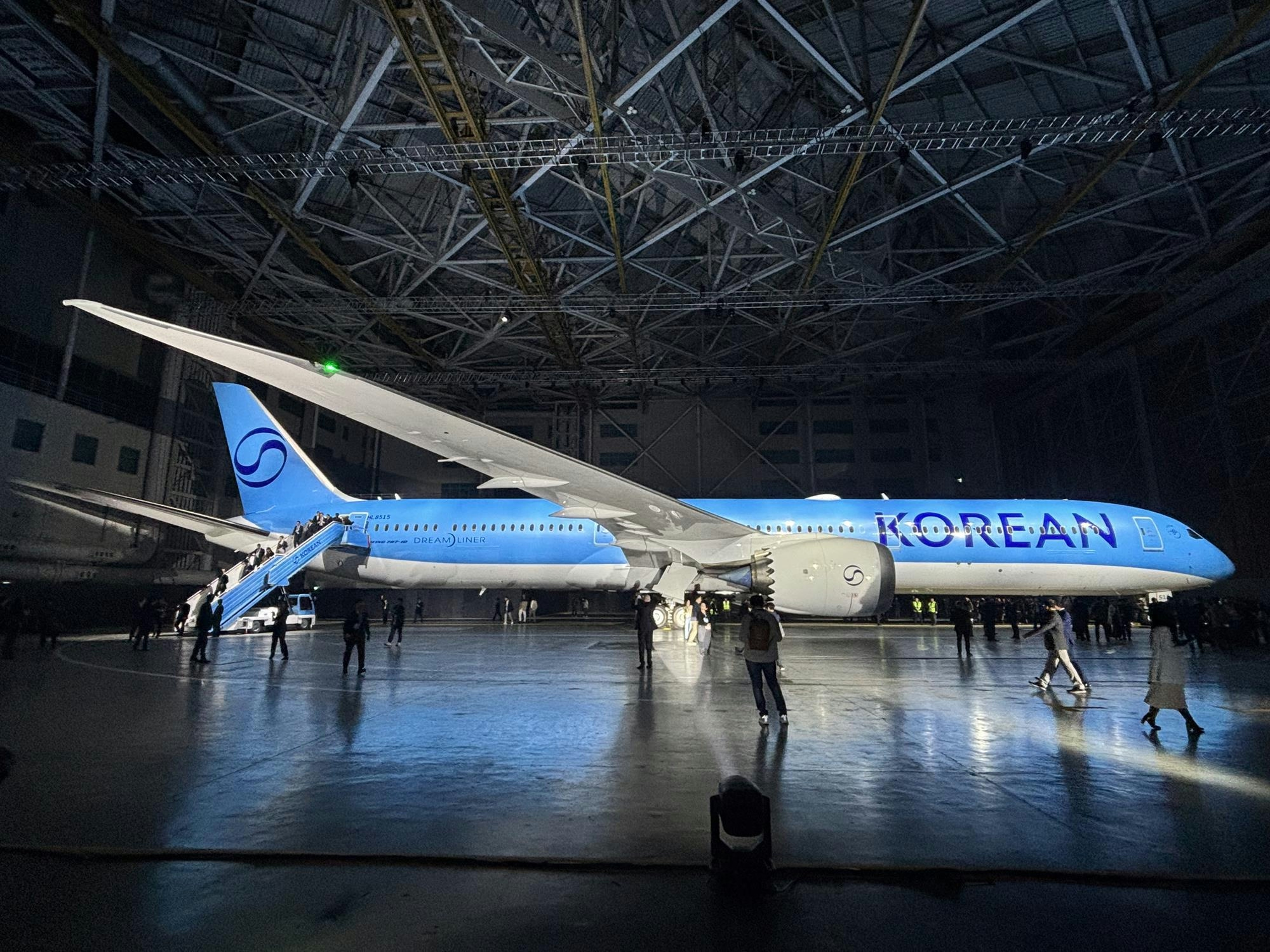
Korean Air to Build New MRO Facility at Seoul Incheon Airport
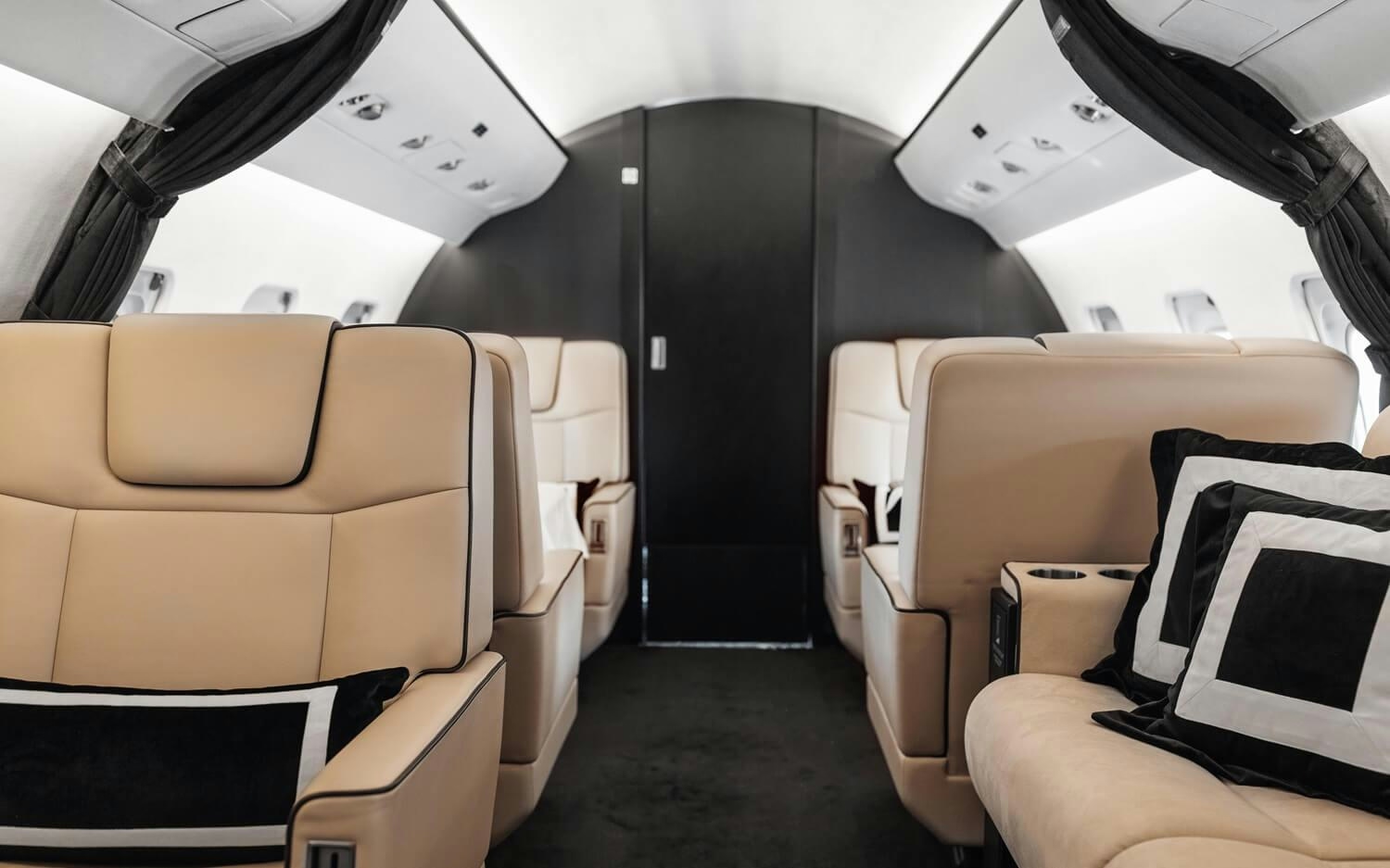
The Continued Importance of Charter Flight Cost and Time Estimators for Business Aviation
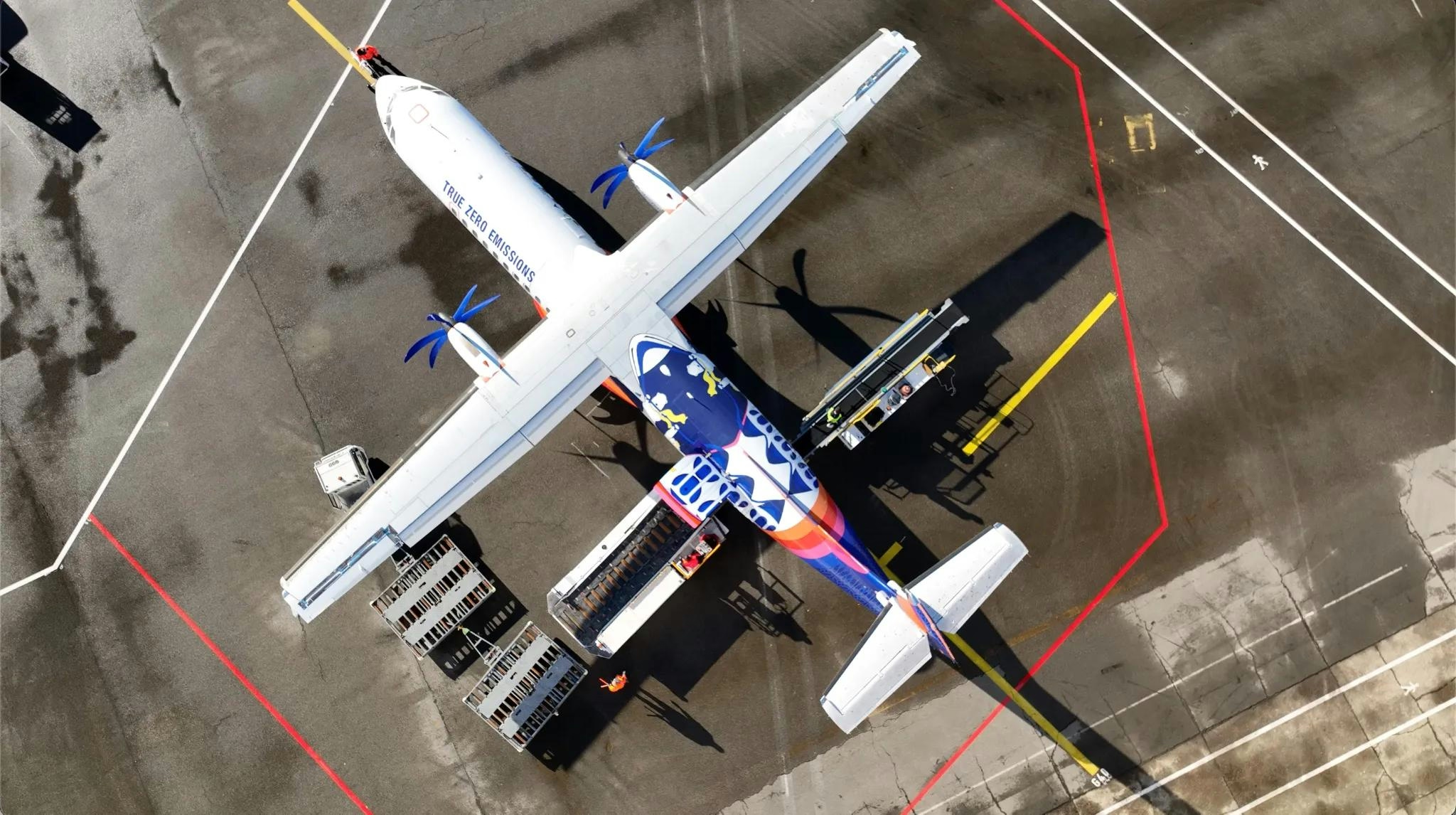
Pivot Airlines to Acquire First DHC-8-Q300 Aircraft
